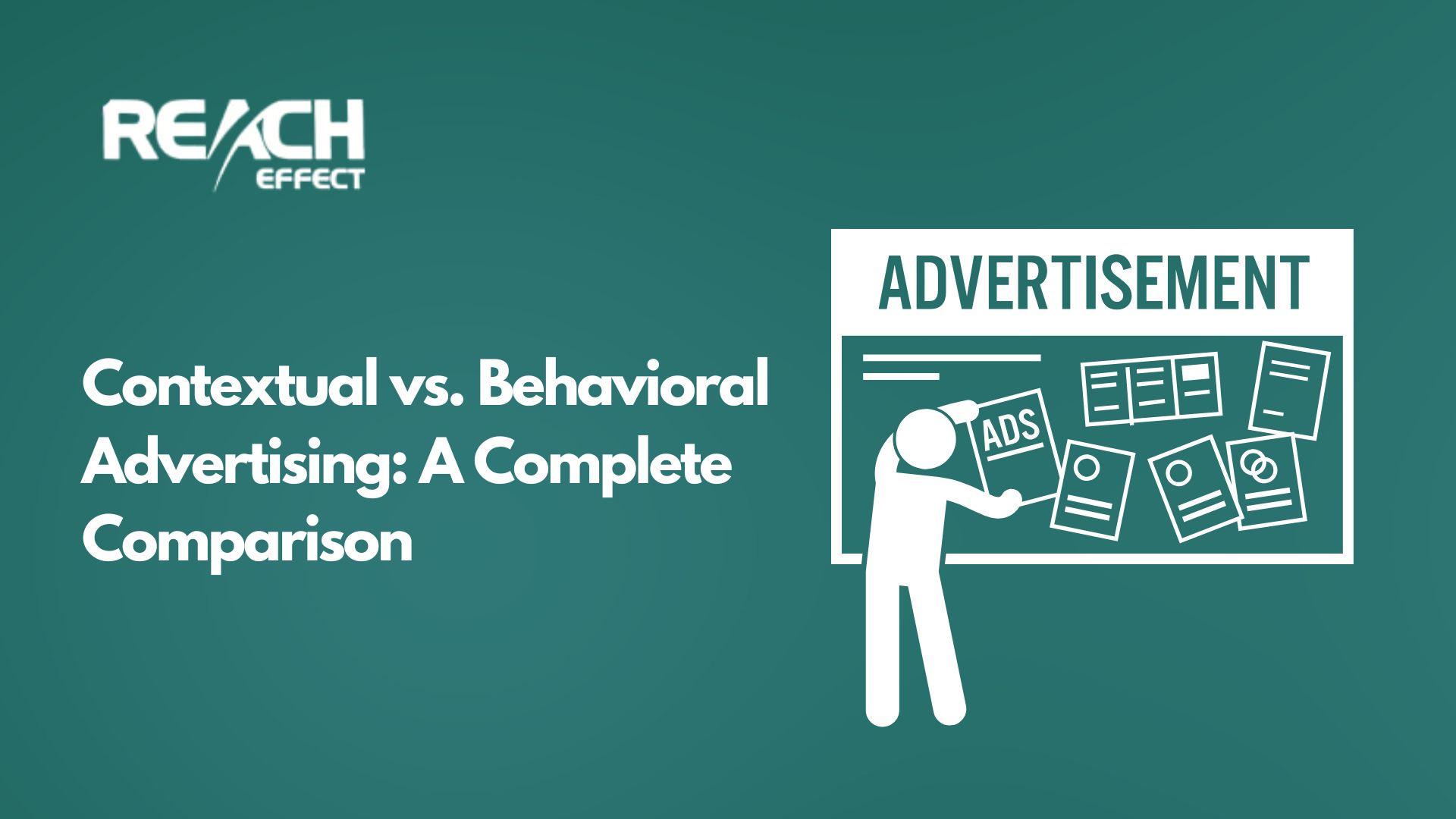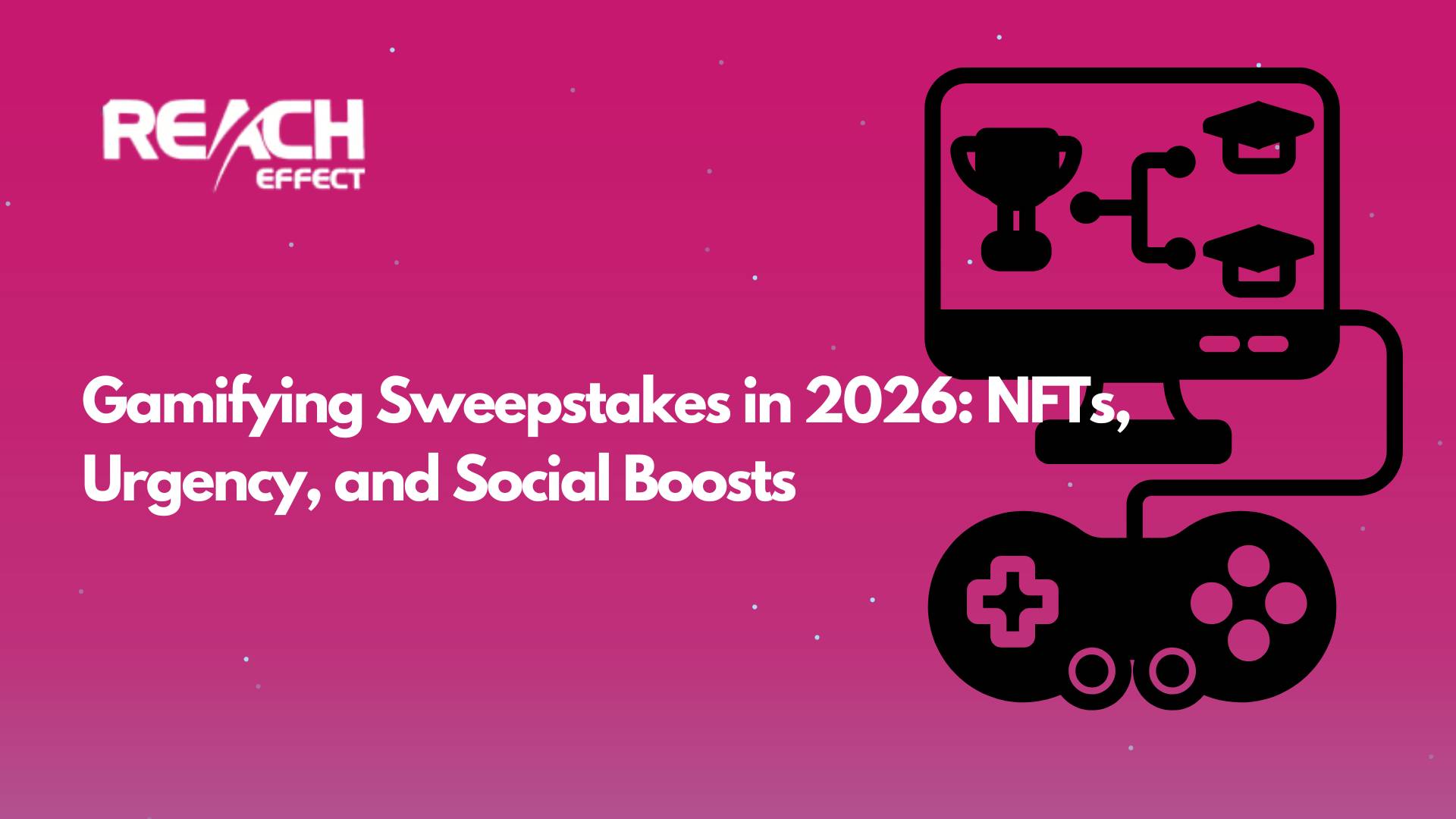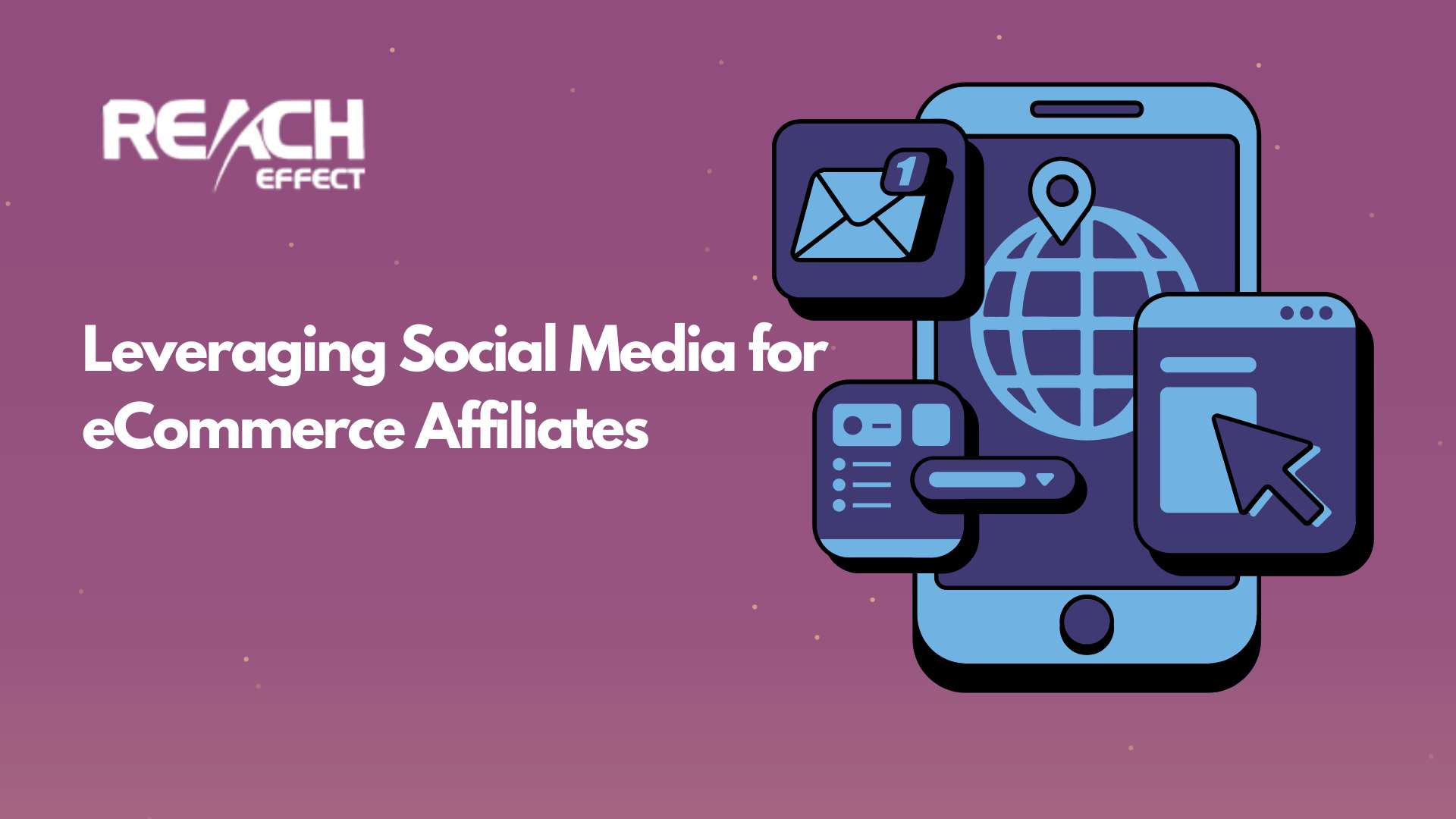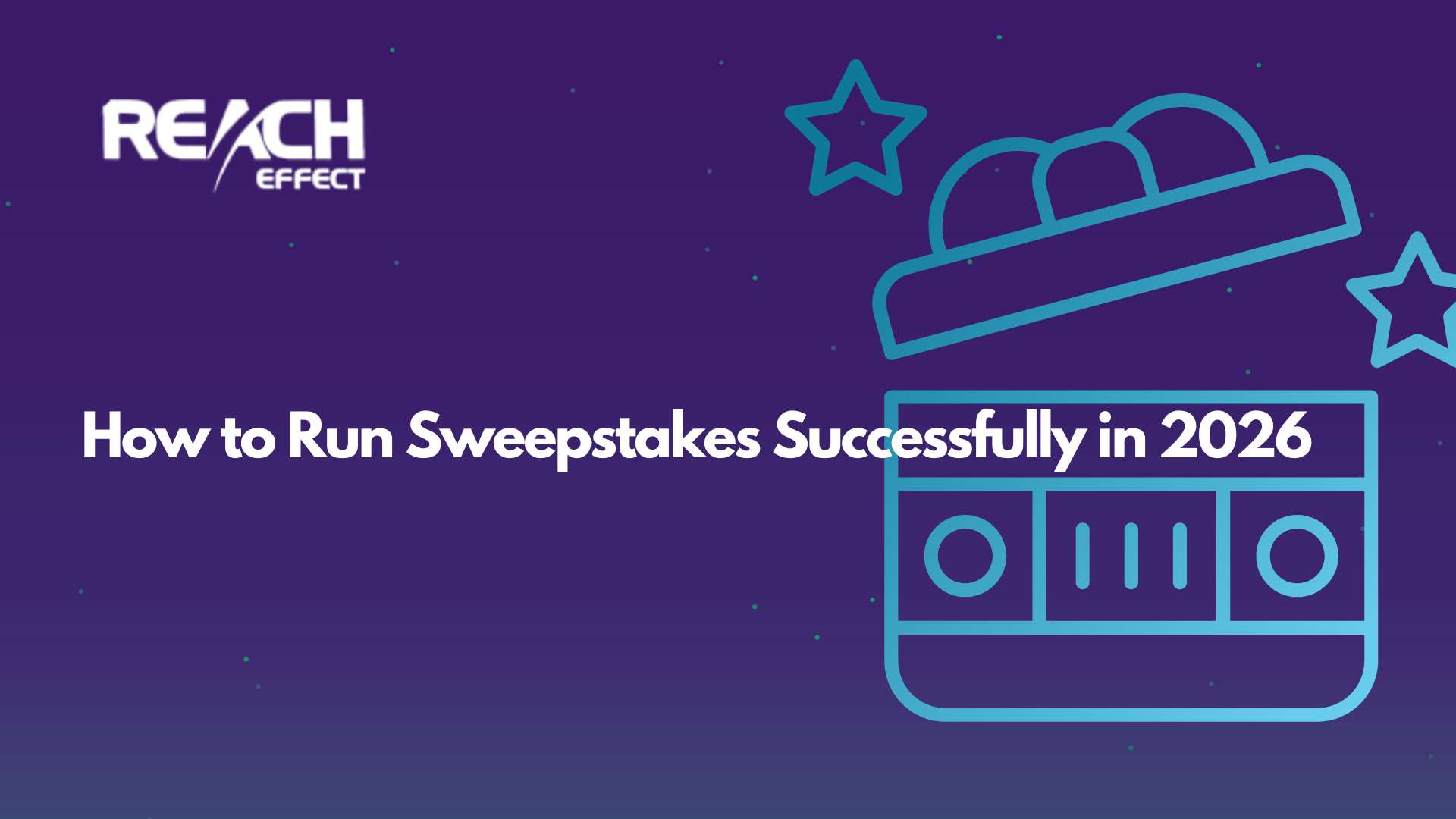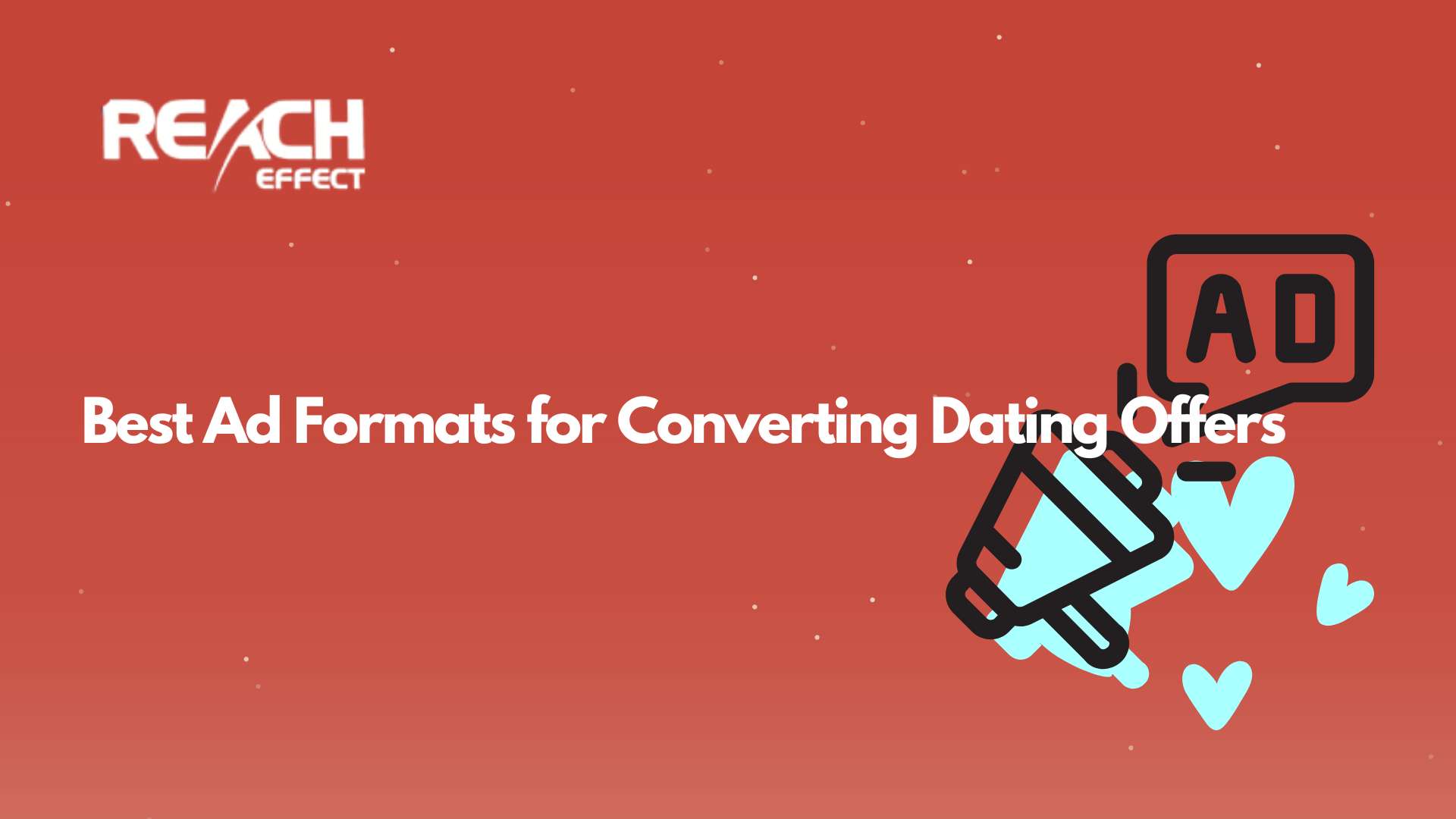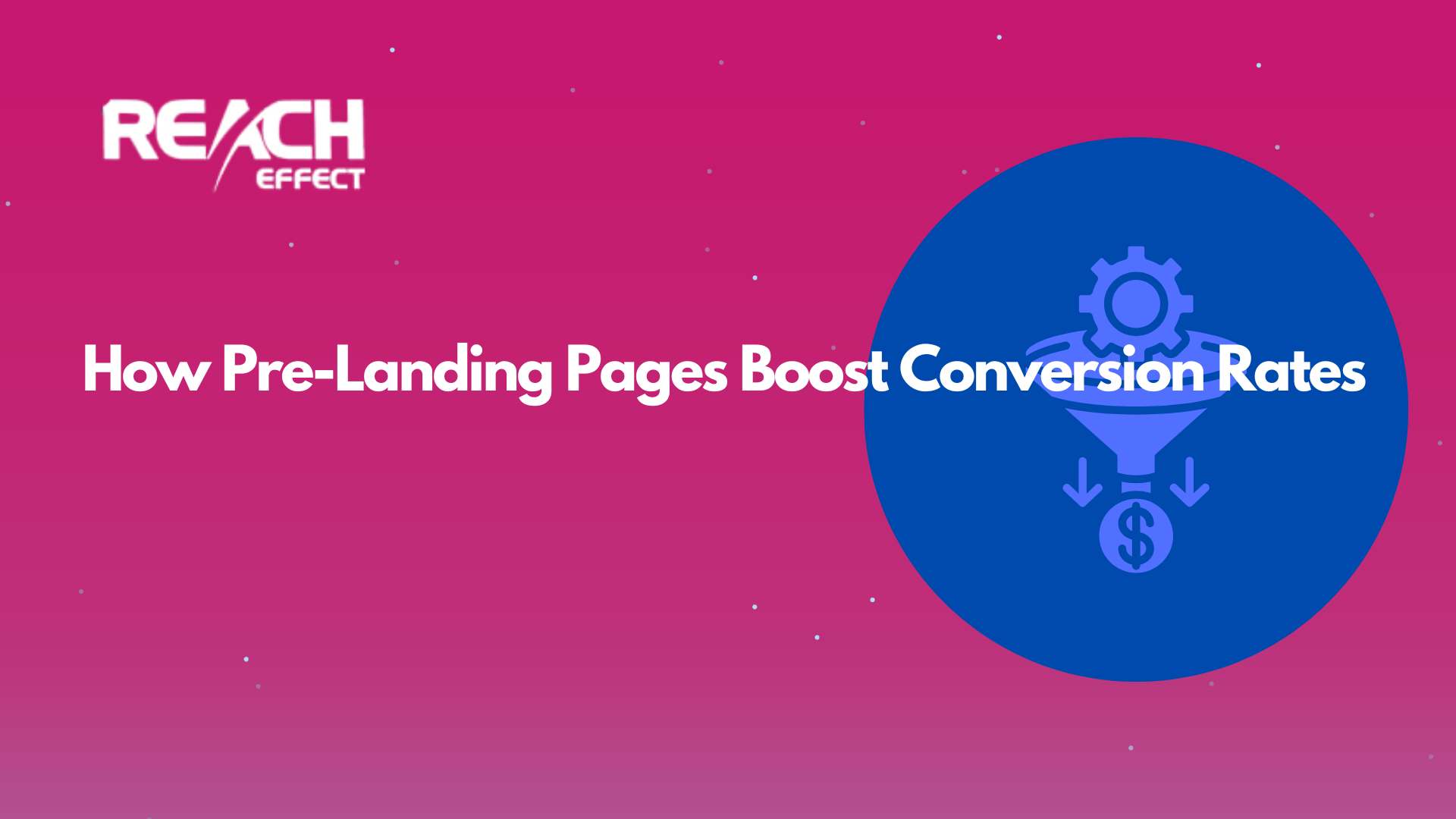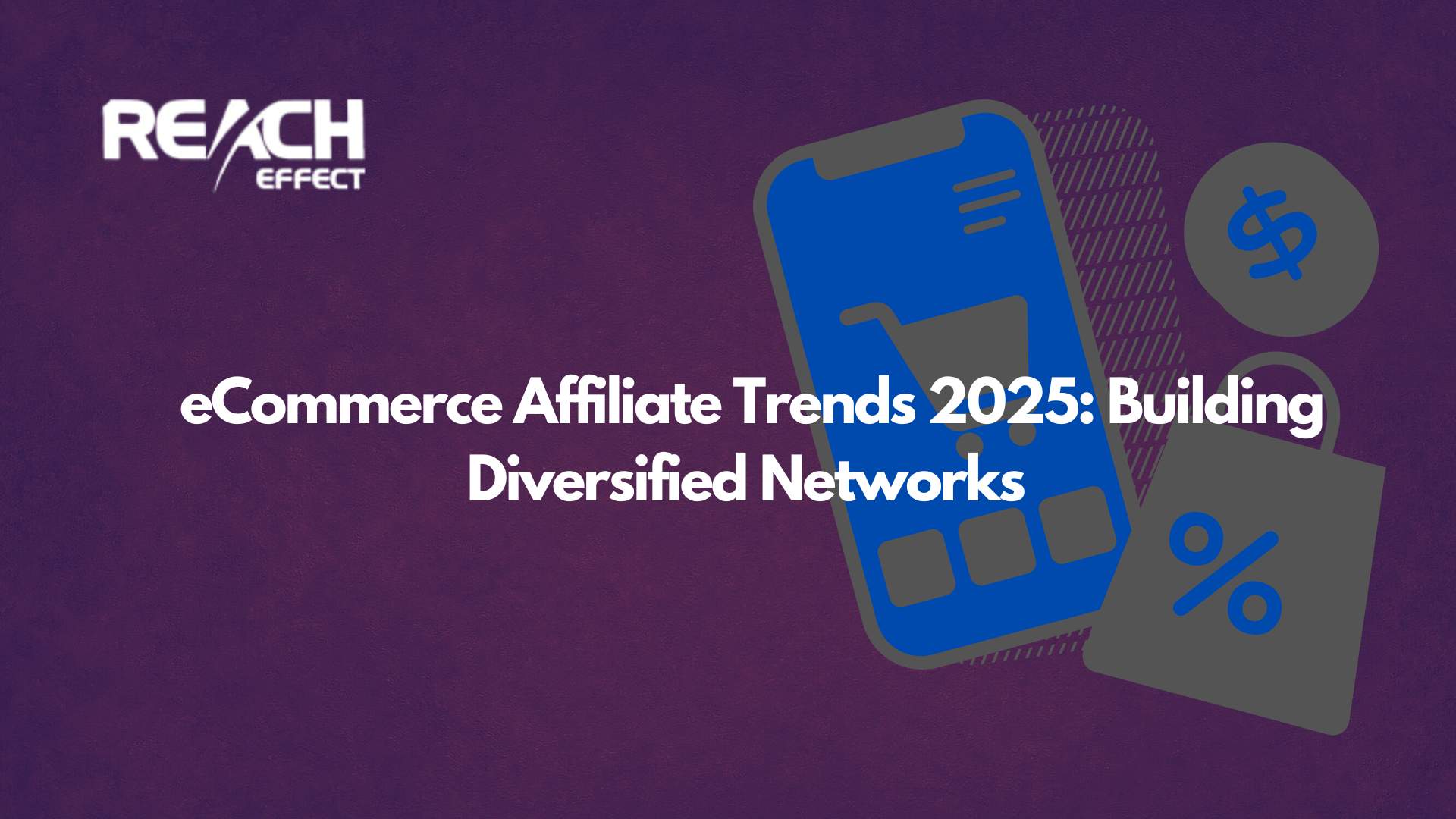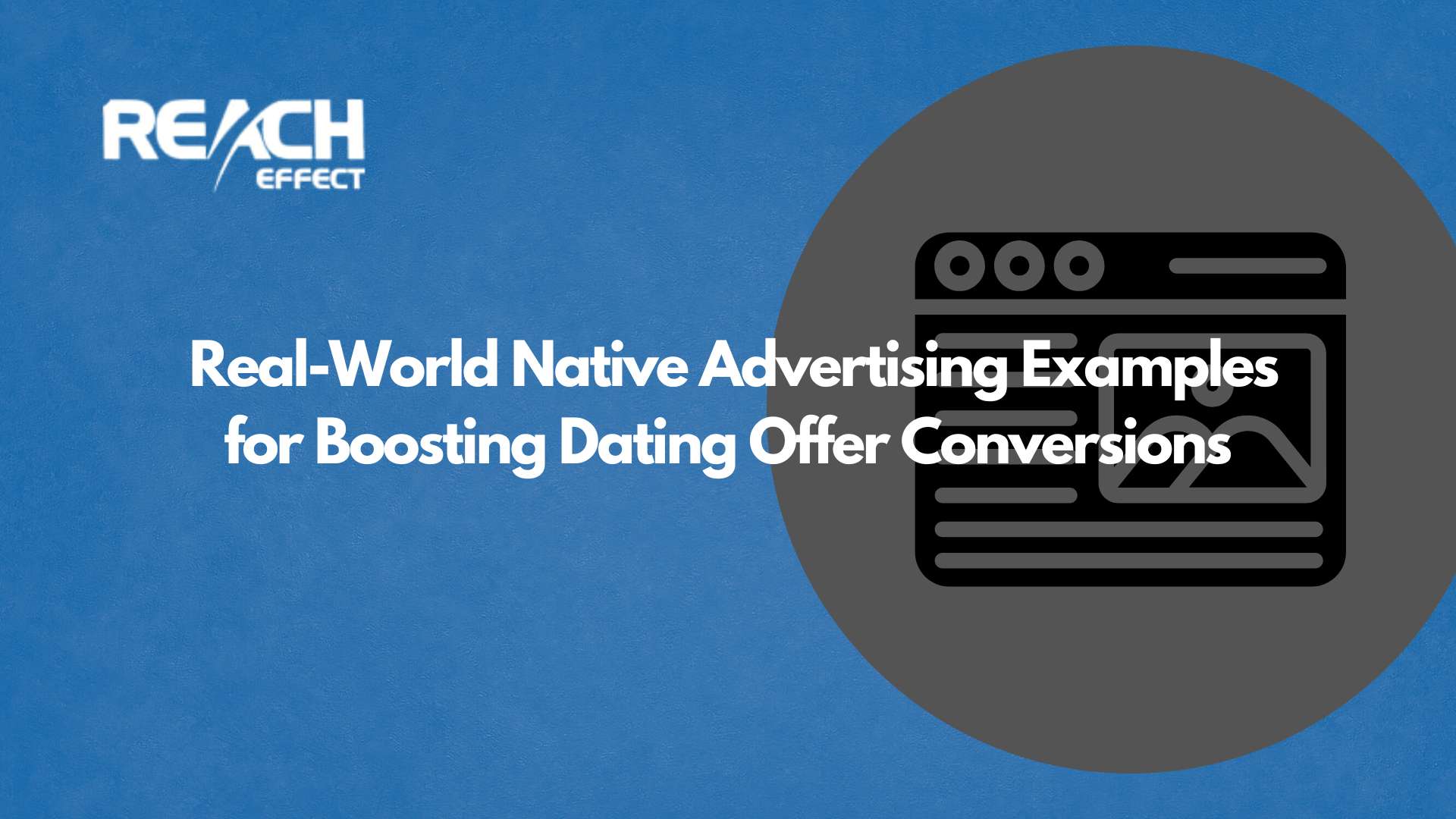Have you ever noticed how ads online seem to pop up just when you’re thinking about something specific? That’s no accident. Advertisers use clever strategies to reach you, and two of the most common approaches are contextual advertising and behavioral advertising.
These methods are quite different, and each has its own way of figuring out what ads to show you. In this article, we’ll dive into what these terms mean, how they work, and what makes them unique. Whether you’re a business owner looking to connect with customers or just curious about the ads you see every day, you’ll find this guide helpful. Let’s explore the world of contextual advertising vs behavioral advertising together.
Understanding Contextual Advertising
Imagine you’re reading an article about gardening tips. Suddenly, an ad for plant seeds or gardening tools appears on the page. That’s contextual advertising in action. This method focuses on matching ads to the content you’re viewing right now. It doesn’t care about who you are or what you’ve done online before. Instead, it looks at the words, topics, or ideas on the page and picks ads that fit.
How does it work? Websites use technology to scan the content and identify key themes. For example, if the page is about travel, you might see ads for suitcases or hotel deals. The beauty of this approach is its simplicity. It’s all about the “what” not the “who.” This makes it a great option for people who like their privacy, since it doesn’t track your personal habits or store data about you.
We are not going to delve too much into this as we have written a full article on this. Here it is: What Is Contextual Advertising and How Does It Work?
Diving Into Behavioral Advertising
Now picture this: you’ve been searching for a new pair of sneakers online. A few hours later, ads for sneakers start showing up everywhere, on social media, news sites, even your favorite blog. That’s behavioral advertising at work. Unlike contextual advertising, this method is all about you and what you’ve done online. It tracks your searches, clicks, and website visits to build a picture of your interests, then uses that to show you tailored ads.
Behavioral advertising relies on collecting data over time. It might note that you’ve looked at sports gear, watched workout videos, or browsed fitness blogs. From there, it assumes you’re into fitness and starts serving up ads for gym memberships or running shoes.
The big win here is personalization. These ads often feel spot-on because they’re based on your actual behavior. For businesses, this can mean better results. People are more likely to click on something they’re already interested in. Platforms like Reacheffect can help companies use this data to fine-tune their campaigns and reach the right people at the right time.
But there’s a flip side. Some folks find it unsettling to see ads that follow them around the internet. It can feel like someone’s watching over your shoulder. Privacy is a big concern here, since this approach depends on gathering and analyzing personal data. Not everyone’s comfortable with that tradeoff, even if it means more relevant ads.
How They Differ
So what sets contextual advertising vs behavioral advertising apart? It boils down to focus. Contextual advertising zeroes in on the content of the page you’re on. Behavioral advertising targets you as an individual, based on your online history. One’s about the moment, what you’re looking at right now. The other’s about the journey, what you’ve been up to over time.
Think of it like this: if you’re reading a car review, contextual advertising might show you an ad for tires because it’s related to the article. Behavioral advertising, though, might show you an ad for a specific car model you searched for last week. The first cares about the topic. The second cares about you.
Another difference is how they handle privacy. Contextual advertising doesn’t need to know anything about you, so it’s a safer bet for keeping things private. Behavioral advertising, on the other hand, thrives on data collection, which can make it more effective but also more controversial.
Weighing the Pros and Cons
Both methods have their ups and downs. Let’s break it down.
Contextual Advertising
Pros:
- It’s privacy-friendly. No tracking means no worries about personal data.
- Ads match the content, so they can feel relevant without being personal.
- It’s simple for businesses to use, especially on content-driven sites.
Cons:
- It’s not always precise. You might get ads for things you don’t care about, even if they fit the page.
- It can’t adapt to your broader interests outside the current context.
Behavioral Advertising
Pros:
- It’s tailored to you. Ads reflect your habits, making them more likely to grab your attention.
- Businesses see better engagement because the ads are so specific.
- It evolves with you, showing ads based on your latest interests.
Cons:
- Privacy takes a hit. Tracking can make people uneasy.
- It can overdo it. Seeing the same ad everywhere might get old fast.
Choosing Between Them
If you’re a business owner wondering which to pick, it depends on what you’re after. Contextual advertising is great for reaching people in the moment, especially on sites with strong, specific content. It’s also a solid choice if your audience values privacy. Behavioral advertising shines when you want to connect with people based on their deeper interests, even if it means navigating some privacy hurdles.
Many businesses mix the two. You could use contextual advertising on a blog about tech gadgets and behavioral advertising on social media to target gadget fans.

